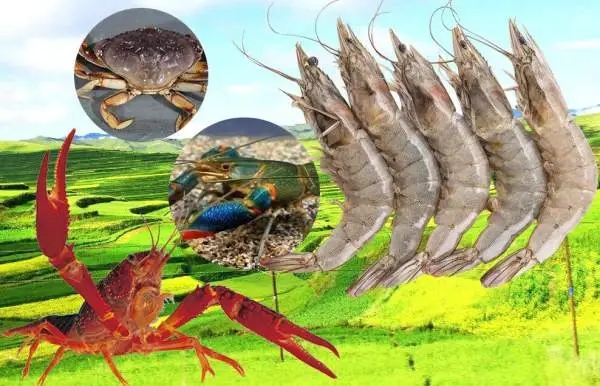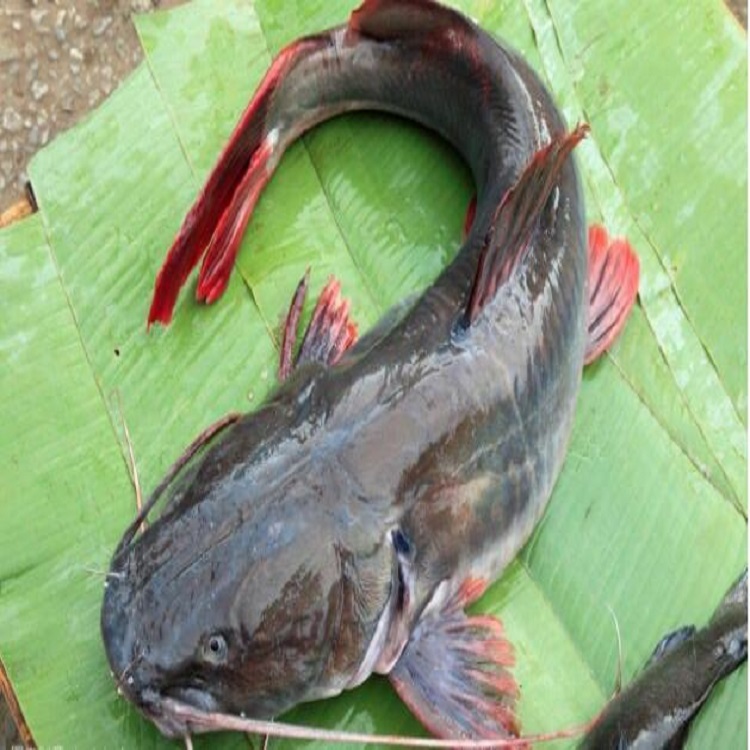Betaine Hydrochloride (CAS NO. 590-46-5)
Betaine Hydrochloride is an efficient, superior quality, economical nutrition additive; it is extensively used to help animals to eat more. The animals may be bird, livestock and aquatic
Betaine anhydrous,a kind of bio-stearin, is a new high efficient growth accelerating agent. Its neutral nature changes the disadvantage of betaine HCL and has no reaction with other raw-materials,which will make the betaine work better.
Betaine is a quaternary amine alkaloid, named betaine because it was first isolated from sugar beet molasses. Betaine is mainly found in the sugar syrup of beet sugar and is widely present in plants. It is an efficient methyl donor in animals and participates in methyl metabolism. It can replace some methionine and choline in feed, promote animal feeding and growth, and improve feed utilization efficiency. Below is a detailed introduction to the effectiveness of betaine in aquatic products.
1. Can be used as feed attractant
Fish feeding is not only dependent on vision, but also on smell and taste. Although the artificial feed used in aquaculture is nutrient rich, it is not sufficient to stimulate the appetite of aquatic animals. Betaine has a unique sweet taste and a fish and shrimp sensitive umami flavor, making it an ideal attractant. Adding 0.5% to 1.5% betaine to fish feed has a strong stimulating effect on the sense of smell and taste of all fish and crustaceans such as shrimp. It has strong attractant power, improves feed palatability, shortens feeding time, promotes digestion and absorption, accelerates fish and shrimp growth, and avoids water pollution caused by feed waste. Betaine attractants have the effects of increasing appetite, enhancing disease resistance and immunity, and can solve the problem of disease fish and shrimp refusing to eat medicinal bait and compensating for the decrease in feed intake of fish and shrimp under stress.
2. Relieve stress
Various stress reactions seriously affect the feeding and growth of aquatic animals, reduce survival rates, and even cause death. Adding betaine to feed can help improve the decreased food intake of aquatic animals under disease or stress conditions, maintain nutrient intake, and alleviate certain conditions or stress reactions. Betaine helps salmon resist cold stress below 10 ℃ and is an ideal feed additive for certain fish species during winter. The grass carp seedlings transported over long distances were placed in ponds A and B with the same conditions. 0.3% betaine was added to the grass carp feed in pond A, while betaine was not added to the grass carp feed in pond B. The results showed that the grass carp seedlings in pond A were active and fed quickly in water, and no fish seedlings died; The fish fry in B pond feed slowly, with a mortality rate of 4.5%, indicating that betaine has an anti stress effect.
3. Replace choline
Choline is an essential nutrient for the animal body, providing methyl groups to participate in metabolic reactions. In recent years, research has found that betaine can also provide methyl groups to the body. The efficiency of betaine in providing methyl groups is 2.3 times that of choline chloride, making it a more effective methyl donor.
A certain amount of betaine can be added to aquatic feed to replace some choline. Half of the choline requirement for rainbow trout must be met, and the remaining half can be replaced by betaine. After replacing an appropriate amount of choline chloride with betaine in the feed, the average body length of Macrobrachium rosenbergii increased by 27.63% compared to the control group without replacement after 150 days, and the feed coefficient decreased by 8%.
Post time: Aug-29-2024







